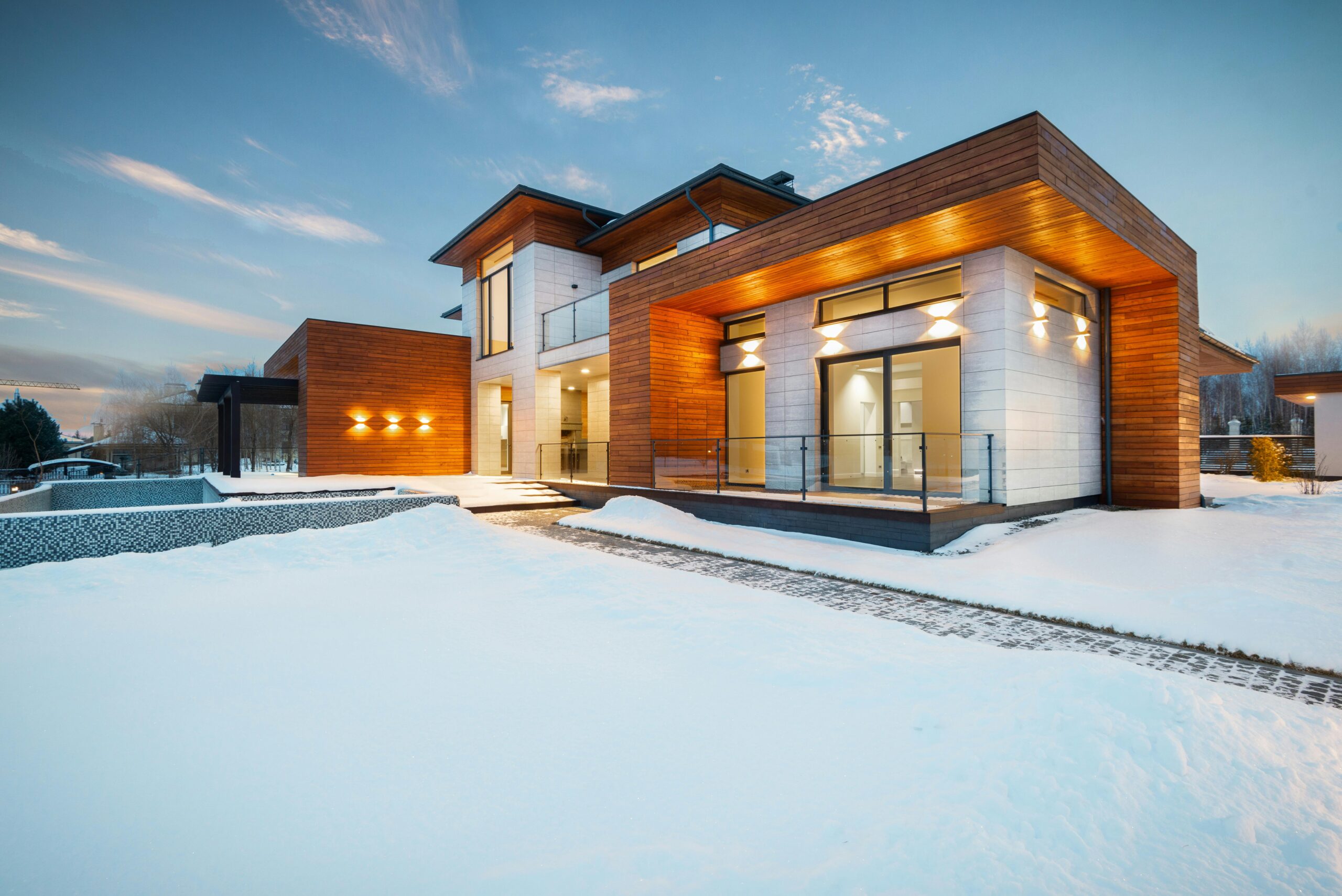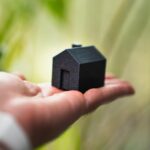PassivhauS: The Ultimate Energy-Efficient Home

Author
Published on
Category
Recent Posts
Get in Touch
Welcome back to the Hauseit blog! After the fantastic response to last week’s post on ‘Sustainable Home Features That Increase Property Value,’ we’ve decided to dive deeper into one of the most advanced concepts in sustainable living: the Passivhaus, or Passive House. In this Q&A format, we’ll explore what makes Passivhaus homes so special and why they’re becoming a popular choice for eco-conscious homeowners.
What is a Passivhaus?
A Passivhaus, or Passive House, is a highly energy-efficient building standard that originated in Germany. It focuses on creating homes that require minimal energy for heating and cooling while maintaining high levels of comfort. Passivhaus homes are designed to reduce their ecological footprint significantly.
What are the key features of a Passivhaus?
The key features of a Passivhaus include:
• High Insulation: Thick insulation in walls, roofs, and floors to minimize heat loss.
• Airtight Construction: Ensuring the building is airtight to prevent heat from escaping and reduce drafts.
• High-Performance Windows: Triple-glazed windows with specialized frames to reduce heat loss and prevent cold drafts.
• Mechanical Ventilation with Heat Recovery (MVHR): A system that provides fresh air while recovering heat from outgoing stale air, maintaining indoor air quality and conserving energy.
• Thermal Bridge-Free Design: Construction techniques that eliminate thermal bridges, areas where heat can escape more easily.
• Orientation and Solar Gains: Strategic placement and design of windows and building orientation to maximize natural sunlight for passive heating.
How does high insulation benefit a Passivhaus?
High insulation is crucial in a Passivhaus as it minimizes heat loss through walls, roofs, and floors. This thick layer of insulation helps maintain a consistent indoor temperature, reducing the need for additional heating or cooling and thereby saving energy.
Why is airtight construction important in a Passivhaus?
Airtight construction is essential because it prevents heat from escaping and eliminates drafts. By ensuring that the building envelope is airtight, Passivhaus homes maintain a stable indoor temperature with minimal energy input, enhancing both comfort and efficiency.
What role do high-performance windows play in a Passivhaus?
High-performance windows, typically triple-glazed with specialized frames, significantly reduce heat loss and prevent cold drafts. These windows are designed to keep the indoor environment comfortable while maximizing energy efficiency.
How does the Mechanical Ventilation with Heat Recovery (MVHR) system work?
The MVHR system in a Passivhaus provides fresh air while recovering heat from the outgoing stale air. This process maintains indoor air quality and conserves energy by reusing the heat that would otherwise be lost. It ensures that the home remains well-ventilated without compromising energy efficiency.
What is thermal bridge-free design, and why is it important?
Thermal bridge-free design involves construction techniques that eliminate thermal bridges, which are areas where heat can escape more easily, such as at junctions between walls and floors. By eliminating these weak points, Passivhaus homes prevent heat loss, maintaining energy efficiency and comfort.
How do orientation and solar gains contribute to the Passivhaus standard?
The orientation and design of windows in a Passivhaus are strategically planned to maximize natural sunlight for passive heating. By optimizing the building’s layout and window placement, Passivhaus homes can harness solar energy, reducing the need for artificial heating.
Why should homeowners consider a Passivhaus?
Homeowners should consider a Passivhaus for several reasons:
• Energy Savings: Passivhaus homes require minimal energy for heating and cooling, leading to significant cost savings.
• Comfort: These homes maintain a stable indoor temperature and excellent air quality, providing a comfortable living environment.
• Sustainability: Passivhaus standards significantly reduce the ecological footprint of a home, contributing to environmental conservation.
• Increased Property Value: As discussed in last week’s blog, sustainable features like those in a Passivhaus can increase property value and attract eco-conscious buyers.
We hope this Q&A has provided you with a clear understanding of what a Passivhaus is and why it’s an excellent choice for sustainable living. Stay tuned for more insights and tips on creating an eco-friendly home!
READY FOR THE FIRST STEP IN SELLING YOU HOME?
Get in touch with me or my colleague Mo to get your free valuation. Email [email protected] or call us on 07772737337 / 07525414621.


